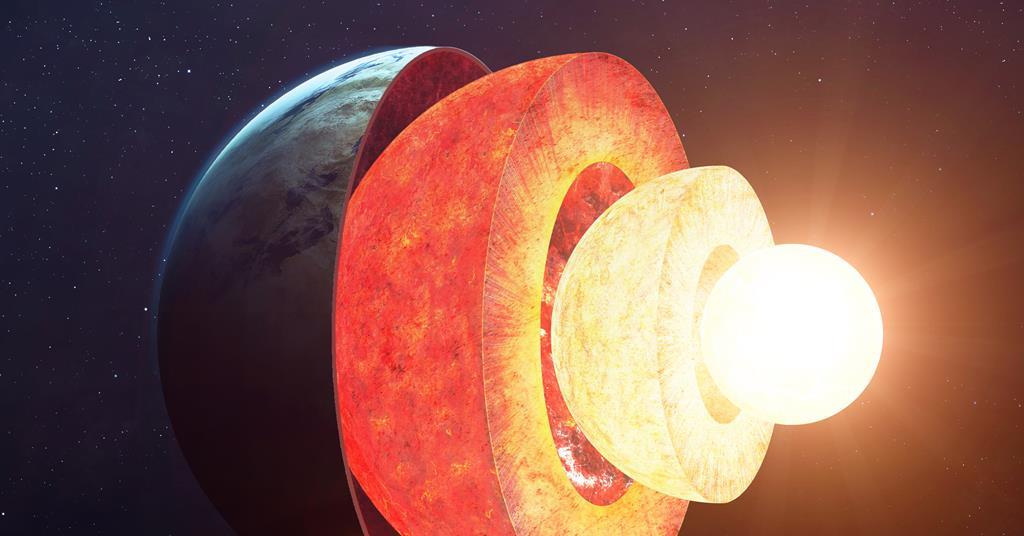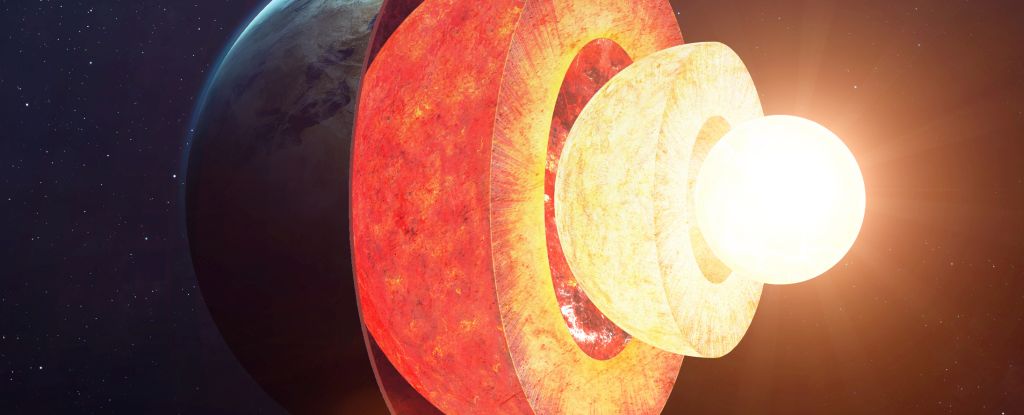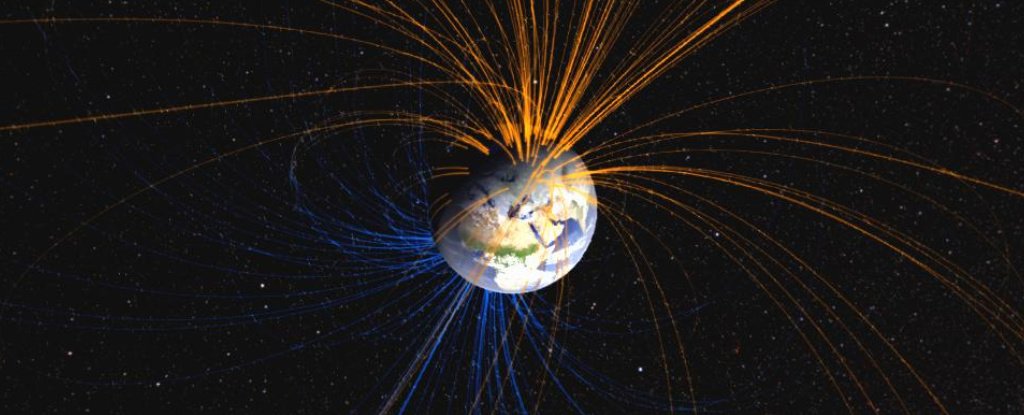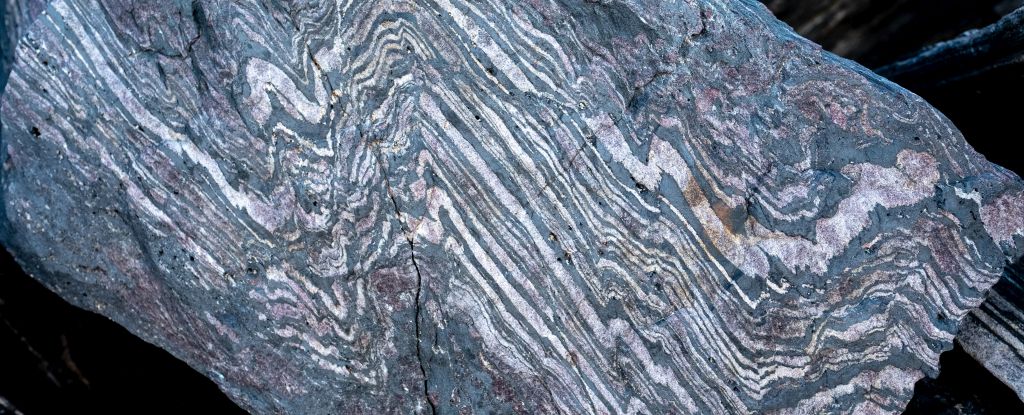
Continent-sized structures of mineral protruding from the lower mantle towards Earth's outer core may be contributing to an instability of our planet's magnetic field.

In the new work, Hirose and colleagues at other institutions in Japan and Taiwan propose that the iron core of the Earth formed bonds with helium, allowing the core to act as a reservoir.

The internal, infernal machinations of our planet may be way more complex than we suspected.

A team of Swiss geophysicists thinks they have found the answer in Earth's molten iron core which causes tiny alterations affecting the planet's rotation.

Deep beneath our feet, in the heart of our planet, something unexpected is happening. Scientists have discovered that Earth’s inner core, a solid iron-nickel sphere roughly the size of the moon, is slowing down.

Earth's magnetic field nearly collapsed some 590 million years ago, presumably putting life on the planet's surface at risk of a rise in cosmic radiation.

Rocks that formed some 3.7 billion years ago in the early Archean have given us the earliest glimpse yet of Earth's magnetic field.

A team led by geoscientists Yachong An and Hao Ding of Wuhan University have determined that Earth's inner core wobbles with a periodicity of 8.5 years.

The location of the north magnetic pole has moved by about 965 kilometers since the first measurement was taken in 1831. This could indicate the beginning of a field reversal, but scientists really can’t tell with less than 200 years of data.

Water from Earth's surface can find its way deep into the planet, and new research explains how it changes the outermost region of the metallic liquid core.

Long ago, an alien planet crashed into Earth – causing a collision so big the debris formed the Moon and left mysterious remnants lodged deep in the Earth’s mantle.

Record concentrations of a helium isotope found inside 62-million-year-old Arctic rocks could be the most compelling evidence to date of a slow leak in our planet's core.

An international study found that certain groupings of iron atoms in the Earth’s inner core are able to move about rapidly, changing their places in a split second while maintaining the underlying metallic structure of the iron.

The most high-resolution map yet reveals something we previously never knew about: an ancient ocean floor that may wrap around the core. This thin but dense layer exists around 2,900 kilometers below the surface.

U.S. recent study revealed a layer between the Earth's core and the mantle that is likely a dense, yet thin, sunk ocean floor.